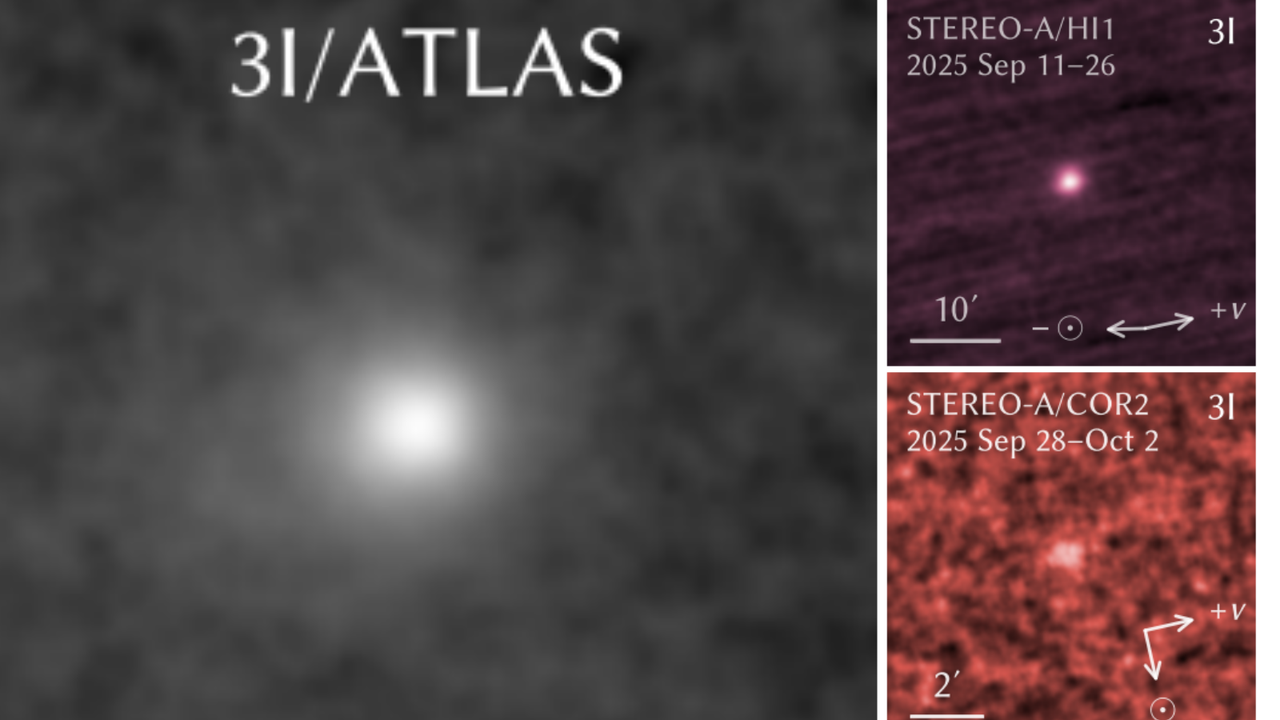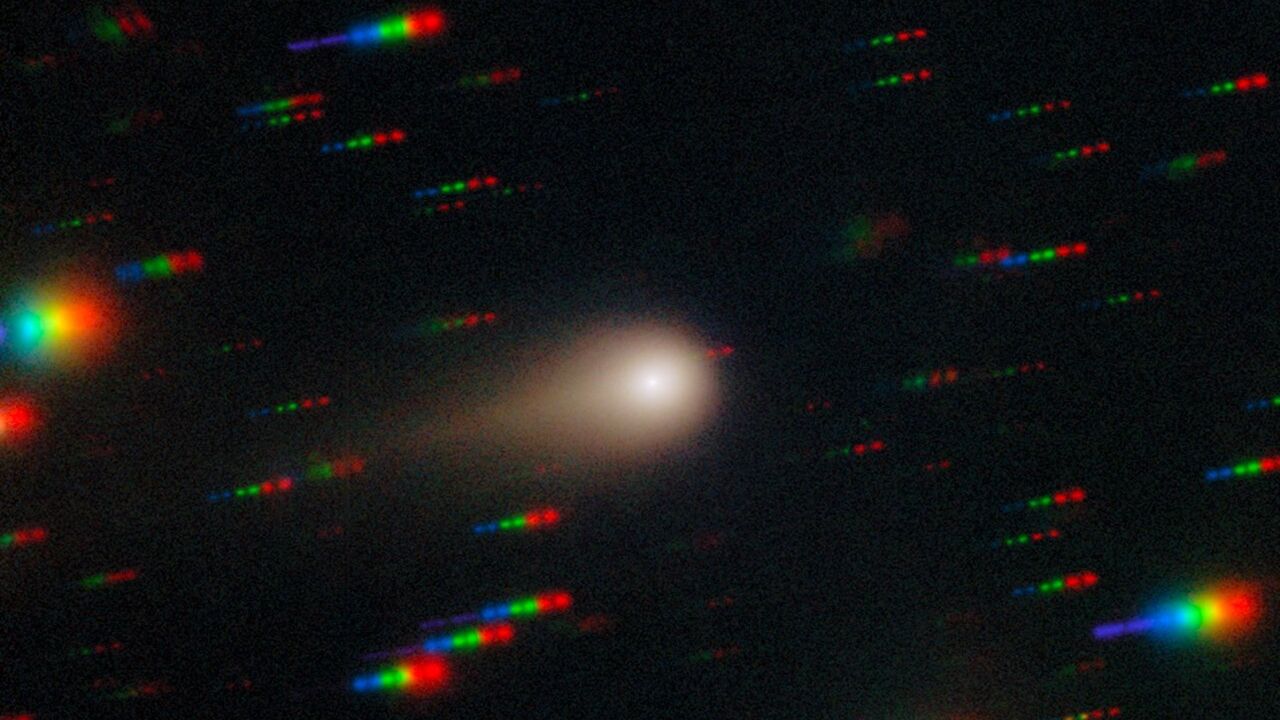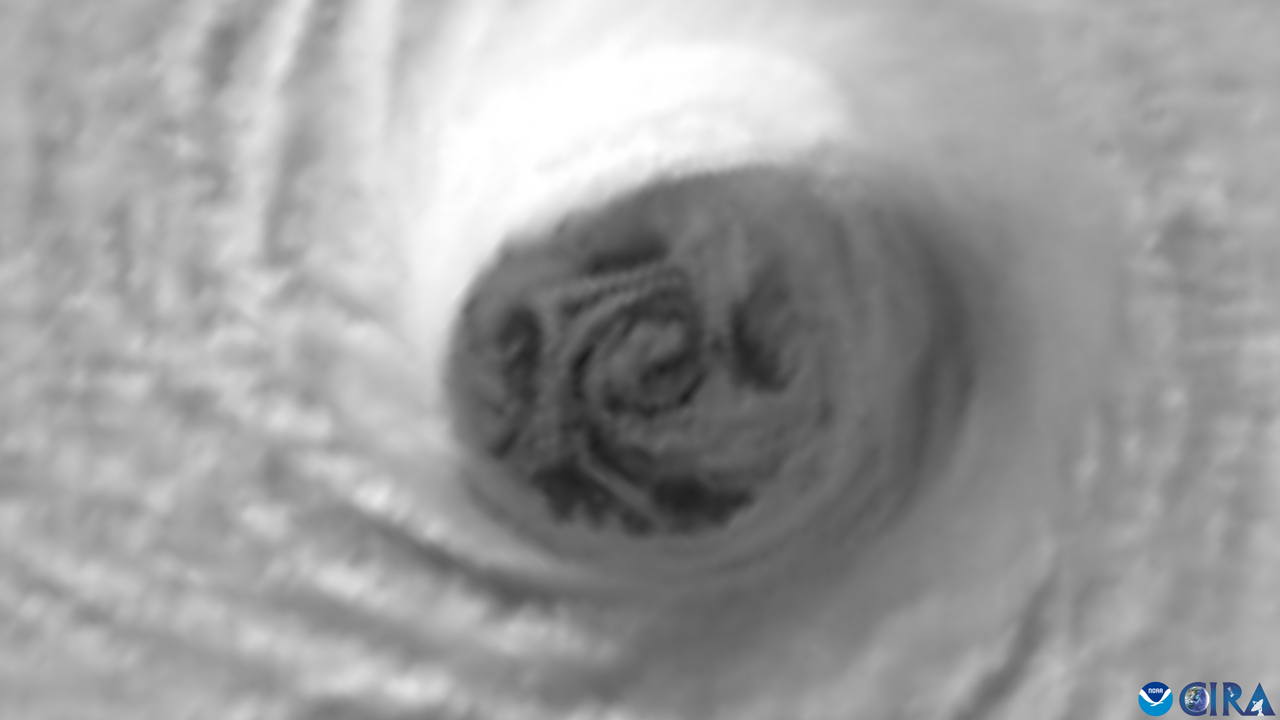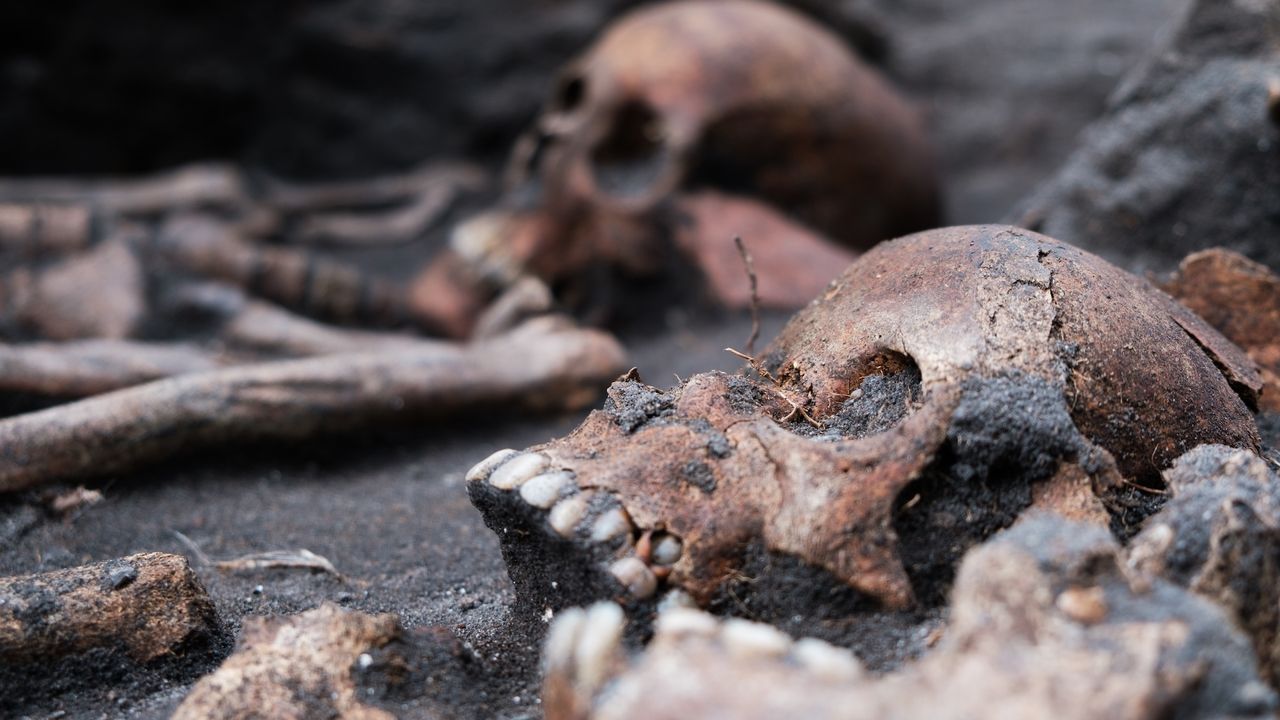How Are Annual Flu Vaccines Made?
NeutralScience
Immunologist Zachary Rubin sheds light on the process behind the annual flu vaccines, detailing how the World Health Organization selects the influenza strains to include each year. This information is crucial as it helps the public understand the science behind vaccination and its role in preventing flu outbreaks.
— Curated by the World Pulse Now AI Editorial System





